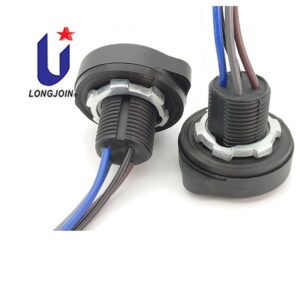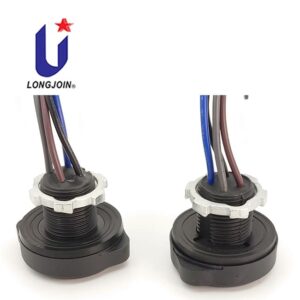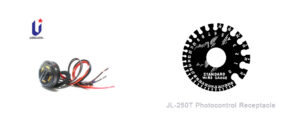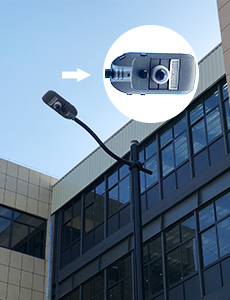أهمية وظيفة منارة الطوارئ SOS والإبلاغ التلقائي عن الأعطال في وحدات التحكم في الإضاءة
يقدم
Modern lighting systems are doing much more than just lighting up our streets. Today’s smart light controllers are becoming an essential part of urban safety and infrastructure reliability. Among the most valuable features are the SOS emergency beacon function and automatic fault reporting. These two systems are transforming how cities manage lighting—boosting response times, cutting down maintenance costs, and enhancing public safety like never before.
In this article, we’ll break down both features using a Q&A format to make the technical details clear and accessible. We’ll also highlight their practical applications in smart cities, using data, visuals, and examples. Let’s dive in.
What Is the SOS Emergency Beacon Function and How Does It Work in Public Spaces?
Ever wondered how light poles can help during an emergency? With advanced lighting control technology, they now play a critical role in urgent public safety responses. The SOS emergency beacon function allows specific light controllers to flash or change color remotely, signaling emergencies in real time.
This function is especially powerful when connected via زيجبي—a wireless mesh network protocol that allows fast, reliable communication between street lights, control centers, and responders. Whether it’s a crime in progress, a medical situation, or a city-wide alert, this beacon provides instant visibility and helps guide emergency teams right to the scene.
That’s not just convenience—it’s potentially life-saving technology.
How is it used in real life?
سيناريو | Use of SOS Beacon | نتيجة |
Public park after dark | Activated to alert security to a medical event | 2-minute faster ambulance response |
City marathon | Used for crowd control and emergency rerouting | Reduced confusion during a roadblock |
School safety lockdown | Beacon lights turned red during active threats | Helped guide students to safe exits |
These beacon functions are enabled by smart street lighting setups like Longjoin’s JL-700 Zhaga socket, which ensures secure connectivity with remote light controllers.
How Does Automatic Fault Reporting Improve Maintenance and System Health?
Think of your lighting system as a living network. Wouldn’t it be amazing if it could warn you before something breaks? That’s exactly what automatic fault reporting does—it keeps an eye on voltage, current, and temperature levels at all times.
Thanks to embedded photoelectric sensors and intelligent algorithms, smart light controllers can instantly detect issues like overvoltage, undervoltage، أو overcurrent. Once a fault is spotted, a message is sent to the control center, letting operators know exactly where the problem is—often before it even causes visible damage.
No more waiting for complaints or doing blind inspections.
What kinds of faults can it catch?
Fault Type | What Happens Without Detection | Automatic Reporting Advantage |
Overvoltage | Bulbs burn out, short circuits | Prevents burnout, early technician alert |
Undervoltage | Flickering, low light output | Maintains brightness and quality |
Overcurrent | Fire hazards or circuit damage | Avoids expensive hardware replacements |
Take for example the JL-207 Photocell Controller by Longjoin. It continuously monitors electrical flow and sends auto-fault reports directly to the city’s management software, saving hours in diagnostics and reducing unnecessary maintenance trips.
Why Are These Functions Crucial for Urban Safety and Cost Efficiency?
Every city wants safer streets and a more efficient public lighting system. But how do we get there? The answer lies in integrating features that automate, alert, and respond—exactly what the SOS beacon and automatic fault reporting provide.
When a system can detect problems instantly and even help people during an emergency, the benefits go beyond just lights—they extend into public security, budgeting, and long-term system health.
The real-world comparison:
ميزة | Traditional Setup | Smart Controller Setup |
Emergency Alerts | Manual intervention required | SOS signals sent remotely |
اكتشاف الخطأ | Monthly manual inspection | 24/7 automatic monitoring |
Repair Response Time | Up to 5 days | As fast as 1 hour with alerts |
Annual Maintenance Cost | $80,000 average for large cities | Reduced by up to 40% with smart systems |
With the help of photocell switch and dusk to dawn photocell control, these systems don’t just save energy—they also prevent costly damages and reduce human error. This is where intelligent photocontrol becomes essential for municipal planners.
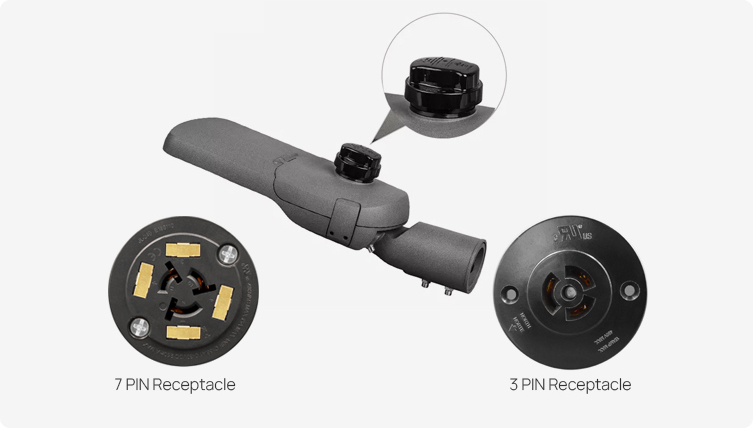
How Do These Systems Fit into the Future of Smart Cities?
The future of city lighting is about more than energy savings. It’s about data, intelligence, and safety. Smart cities keep growing. This growth makes a greater need for lighting that is responsive, integrated, and smart.
Cities now use photo cell sensors. They also use remote monitoring tools. They rely on automatic light sensor systems. These tools help them react to emergencies and equipment failures with minimal delay. Even better, these technologies offer scalable benefits—from small towns to megacities.
Key future-ready features:
تكنولوجيا | Benefit to Smart Cities |
SOS Beacon with ZigBee | Enhanced real-time emergency signaling |
مستشعر إضاءة الخلية الضوئية | Energy efficiency with auto dusk-to-dawn |
الكشف التلقائي عن الأخطاء | Lower maintenance costs and faster response |
NEMA & Zhaga Socket Compatibility | Easier upgrades and plug-and-play hardware |
Products like the UM-240 NEMA 7-pin receptacle make system upgrades future-proof, enabling long-term support for next-gen sensors and smart software.
What Makes a Photocell System Intelligent Enough for Modern Needs?
Not all sensors are made equal. And when it comes to safety, precision matters. A truly smart photocell lighting sensor does more than just turn lights on and off. It can talk with other parts of the system, spot problems, and keep everything working together.
It must work with high-speed wireless technology and include built-in diagnostics. It must also allow for plug-and-play upgrades. Without these features, cities risk investing in systems that become obsolete too soon.
What to look for in a smart system?
Core Feature | Why It’s Critical |
ZigBee/Lora Protocol Support | Enables wide-area remote control |
Modular Zhaga/NEMA Socket Design | Easy to swap or upgrade controllers |
Auto Fault Alert + Live Feedback | Speeds up repairs, reduces complaints |
Emergency Light Activation Options | Supports event-based signaling |
By partnering with advanced photocell control manufacturers like Longjoin, cities can be confident in system performance and adaptability, even as technology continues to evolve.
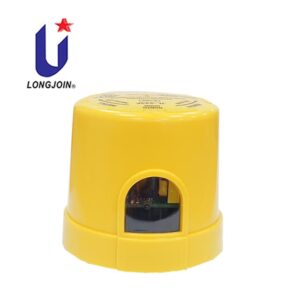
What Should You Consider When Choosing a Street Light Controller?
Buying a smart light controller isn’t just about price—it’s about performance and purpose. Whether you’re managing lighting for a large municipality or a private estate, the right controller can make all the difference in safety, cost, and long-term success.
Here’s what to ask:
- Does it support emergency beacons?
- Can it detect and report faults automatically?
- Is it compatible with future tech like Zhaga Book 18 or NEMA sockets?
- Does it have a proven record in real-life applications?
Smart Buyer Checklist:
Need | Matching Feature |
Emergency Use | SOS Beacon Function via ZigBee |
System Stability | Fault Monitoring for Overvoltage/Overcurrent |
قابلية التوسعة | Zhaga/NEMA Socket Compatibility |
كفاءة الطاقة | Dusk-to-Dawn Photocell Light Sensor |
Among manufacturers photocell providers, Longjoin is a trusted name offering complete solutions that combine innovation with practicality for every kind of smart lighting project.
خاتمة
تُحوّل منارة الطوارئ SOS ووظائف الإبلاغ التلقائي عن الأعطال التحكم في الإضاءة إلى أداة للاستجابة الفورية والصيانة الذكية والسلامة الحضرية. ومع استمرار تحديث المدن، لم يعد دمج هذه الميزات الذكية ميزة إضافية، بل أصبح معيارًا جديدًا.
الروابط الخارجية
●https://www.sciencedirect.com/topics/engineering/overcurrent
●https://macromatic.com/support/knowledge-base-articles/what-is-undervoltage-how-can-i-protect-my-equipment/?srsltid=AfmBOoo5zQxppkvXPXZmxXXA23xlEXRgagGwsFthUbVy0_tu8qMC43FK
●https://www.allaboutcircuits.com/technical-articles/understanding-overvoltage-and-its-protection/
●https://en.wikipedia.org/wiki/Zigbee


